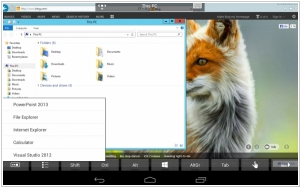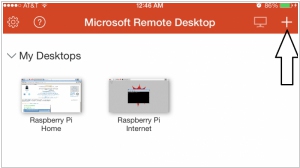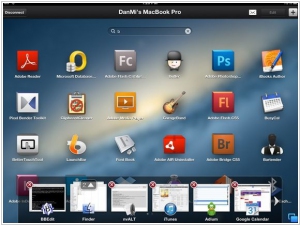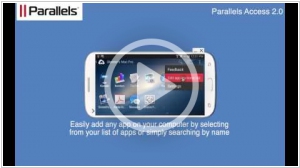Microsoft Remote Desktop vs Parallels Access
June 20, 2023 | Author: Michael Stromann
See also:
Top 10 Remote Support software
Top 10 Remote Support software
Microsoft Remote Desktop and Parallels Access are two software solutions that allow users to access their desktop computers remotely. Microsoft Remote Desktop is a versatile tool that enables users to connect to their Windows-based computers from various devices, including Windows, macOS, iOS, and Android. It offers features like remote control, multi-monitor support, and seamless integration with Microsoft services. On the other hand, Parallels Access focuses on providing remote access to both Windows and macOS computers from mobile devices, such as iPads and iPhones. Parallels Access offers a touch-optimized interface and intuitive gestures, making it easy to navigate and interact with desktop applications on mobile devices. While Microsoft Remote Desktop is suitable for accessing Windows computers from different platforms, Parallels Access specializes in enabling remote access from mobile devices, providing a user-friendly and mobile-centric experience.
See also: Top 10 Remote Support software
See also: Top 10 Remote Support software
Microsoft Remote Desktop vs Parallels Access in our news:
2014. Parallels Access available for iPhone and Android
Parallels, the prominent virtualization company, has introduced the latest version of its mobile remote desktop application, Parallels Access, which is now compatible with both iPhone and Android devices. Previously, it was exclusively available for iPad. Notable features of this new version include the option to log in to a remote computer using Facebook credentials. iOS users will benefit from a new file browser specifically designed for remote computers, and they can utilize the device's microphone when using a remote app. Android users, on the other hand, can conveniently launch desktop applications with a single tap from their home screen, providing a user experience similar to launching a local Android app. Additionally, regardless of the mobile device being used, users have the ability to adjust the screen resolution of the app, ensuring that desktop icons are not displayed excessively small when accessing them from their phone or tablet.
2013. Microsoft released Remote Desktop app for iOS and Android

While working in the office, it's likely that you rely on a desktop PC. However, when you leave the office, you probably carry your iPad or Android tablet instead. Occasionally, this transition between devices can lead to complications. For instance, you may forget to transfer a file to your tablet, or even if you do, it may not open correctly. But what if you could remotely access your desktop screen on your tablet and seamlessly work as if you were still in the office? You would have the ability to access all your files and applications without worrying about the differences in operating systems. This convenient solution is made possible through Remote Desktop apps. Microsoft has recently launched such an app for iOS and Android. While similar apps have existed before, having the official version is always a welcome development, especially since it's available for free. Perhaps it serves as a small consolation for those eagerly awaiting the release of MS Office for iPad and Android tablets.






